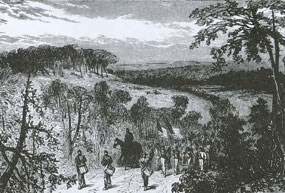
Harper's Weekly Undaunted by his failure at Grand Gulf, Grant moved farther south in search of a more favorable crossing point. Looking now to cross his army at Rodney, Grant was informed that there was a good road ascending the bluffs east of Bruinsburg. Seizing the opportunity, the Union commander transported his army across the mighty river and onto Mississippi soil at Bruinsburg on April 30—May 1, 1863. In the early morning hours of April 30, infantrymen of the 24th and 46th Indiana Regiments stepped ashore on Mississippi soil at Bruinsburg. The invasion had begun. 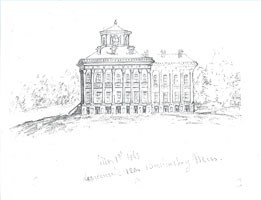
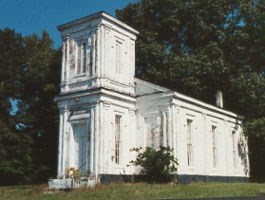
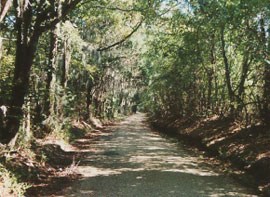
Now that General Grant was ashore, he began his campaign for Vicksburg, first having to pass through the Confederate defenses at Port Gibson. 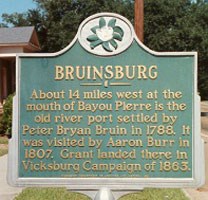
|
Last updated: February 15, 2018
